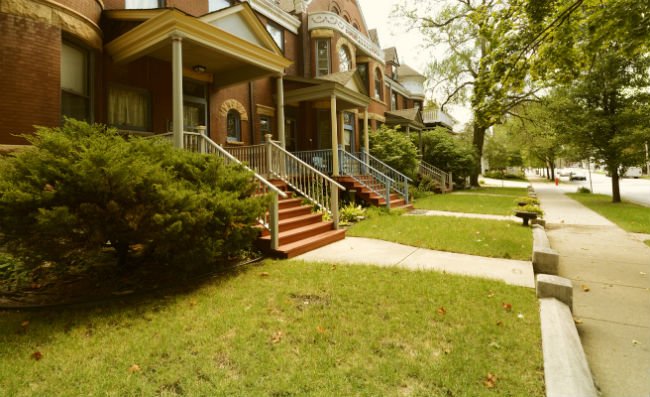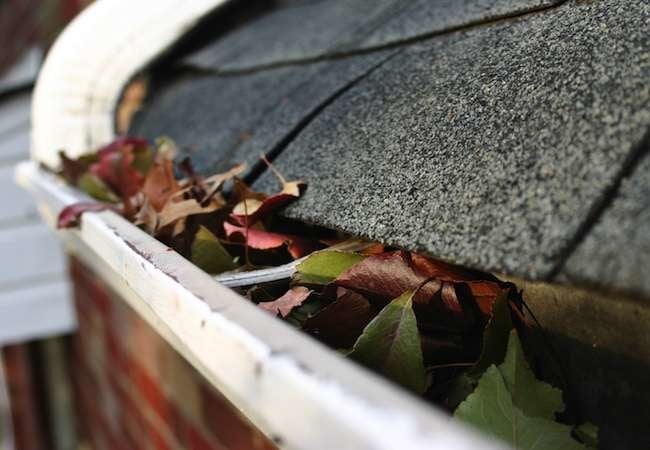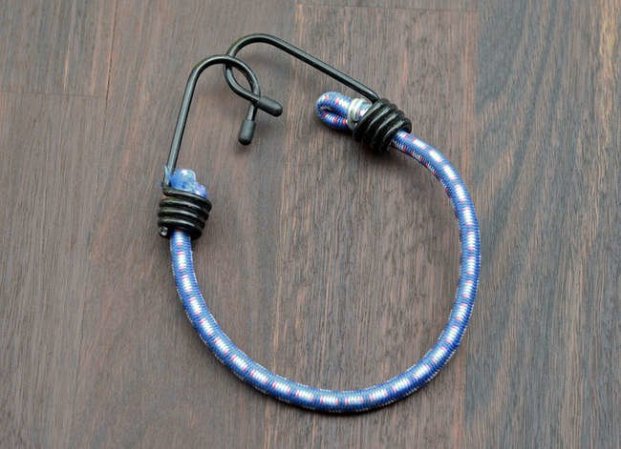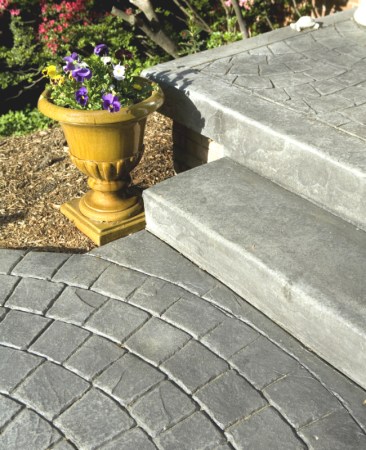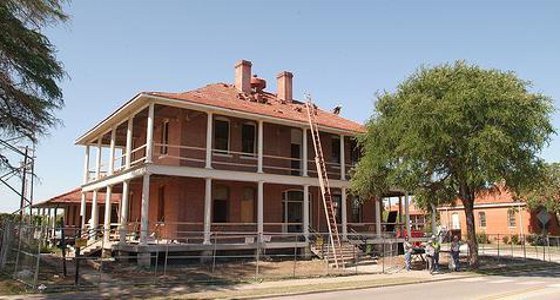We may earn revenue from the products available on this page and participate in affiliate programs. Learn More ›
Though made from one of the most durable construction materials around, even once-strong concrete sidewalks can deteriorate over time from repeated freeze-thaw cycles, ground movement, or excessive weight. If you’re tired of looking at a cracked sidewalk, but you’re unsure whether it’s best to repair or replace it, keep reading!
In most communities, there are two sidewalk classifications. Pedestrian sidewalks that run parallel to the street, sometimes called “shared-user sidewalks,” are typically on a city easement and, while the homeowner is tasked with caring for them, city ordinances determine when the sidewalks should be replaced. The other type, private sidewalks, lead from a driveway or a shared-user sidewalk to the homeowner’s front door. While these paths are usually not controlled by the city, you can use the city’s standards to determine if you need to replace your sidewalk or if you can rescue it from ruin with quality concrete patching and resurfacing materials.
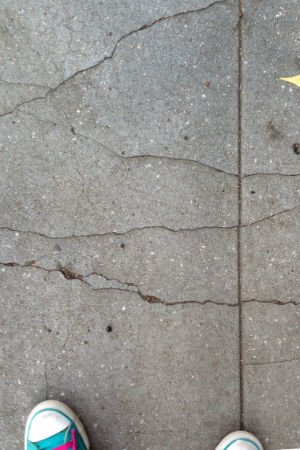
1. If cracks are large and deep, or joints or edges have crumbled…
Some kinds of damage to concrete can signal a sidewalk’s demise, while others are merely eyesores. Cracks wider than ½ inch indicate a major problem with the stability of the sidewalk slab and fall firmly in the first camp. If the sidewalk is a shared-use sidewalk, you may be required to replace at least the section that contains the large crack (or cracks), but you may wish to replace the section even if the crack is on a personal sidewalk. If the subbase is not structurally sound, wide cracks can be difficult to repair and only a temporary solution.
On the other hand, smaller cracks less than ¼-inch wide can be handled without the hassle of replacing a chunk of sidewalk—though you should still take measures to repair them. Such cracks should be filled with a flexible sealant to prevent water from running through and saturating the soil below, leading to future soil-movement problems. Fortunately, that process is a cinch with a good flexible sealant like Polyurethane Concrete Crack Sealant. For the best results, check out this Quikrete video to learn how to prep cracks before filling them and how best to apply the flexible sealant. When dry, the sealant has a texture and color similar to natural concrete.
Crumbling edges and spalling (the peeling off of the concrete surface) are two other types of damage that detract from a sidewalk’s appearance but don’t necessarily require replacement. You’ll save money by repairing the damage, when possible, rather than replacing the entire sidewalk, or even a single section. That said, a half-inch or more of crumbling along the interior joints or edges of the sidewalk could indicate weak concrete, in which case you may benefit more from replacing rather than repairing the sidewalk. One or two small crumbled areas along the edges, however, possibly caused by heavy vehicles rolling over the sidewalk, could be prime candidates for repair. You can fix small sections like these, as well as spalling that’s less than ¼-inch deep and in just a few spots, using a concrete patch product, such as Quikrete’s Vinyl Concrete Patcher. Simply mix, trowel, and smooth Vinyl Patcher over the damaged areas to create a new level surface and clean edges. See it in action—and get pro tips on the correct way to use it—in this video.
2. If the extent of the damage is wide…
No two ways about it: Concrete is going to crack. Contractors and savvy do-it-yourselfers guide where the cracks will appear by cutting control joints into freshly poured sidewalks at spots where the concrete is most likely to split. These control joints serve as weak points in the concrete, which will then be more likely to crack along them rather than in the center of a slab, where cracks would detract from the look of the entire sidewalk. Most of the time, control joints work exactly as planned, and natural cracking along these predetermined seams goes unnoticed. In some cases, however, cracking doesn’t follow the joints.
As mentioned above, narrow cracks here and there aren’t a problem. In fact, it’s much easier to address these small imperfections with a quick repair rather than rip out a slab and start fresh. On the other hand, extensive hairline cracks that run like spiderwebs throughout large areas of a sidewalk could be signs that there was something wrong with the original concrete mix. If this is the case, you should consider replacing all, or most, of the sidewalk. At the very least, monitor the cracks, and take steps to replace the walkway if they get bigger.
Superficial hairline cracks that do not increase in size over a couple of years will not compromise the integrity of a sidewalk, but they’re still eyesores. For a great weekend fix, you can cover up those cracks and restore your home’s curb appeal with a high-quality concrete resurfacing product. Applied to a clean sidewalk and then squeegeed level, Quikrete’s Concrete Resurfacer can make your entire sidewalk look brand-new for a fraction of the effort. The polymers in this masonry product form a strong bond with the existing sidewalk, so your fix, though quick, will be long-lasting. As in all household projects, good prep work is essential for good results, so check out this Quikrete video on how to apply Concrete Resurfacer.
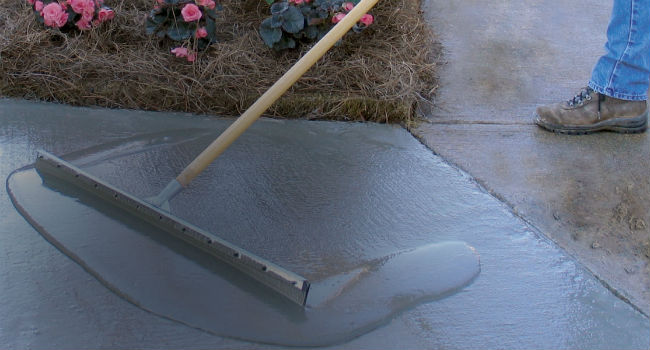
3. If the sidewalk is extremely old…
While concrete of almost any age can remain strong and resist cracking and crumbling, older sidewalks have been subjected to the elements far longer, and all that exposure takes a toll on concrete. The older the walkway, the more likely it is that individual sections will have heaved and shifted in the wake of extreme temperature fluctuations and ground movement.
In older neighborhoods, and particularly in residential historic districts, uneven concrete slabs can create tripping hazards, making sidewalks dangerous for pedestrians. If you find that the change in surface height from one sidewalk section to the next is ½ inch or more, you should consider replacing the sidewalk. In some communities, you may be able to hire a slab-jacking contractor to level the sections, but if the sidewalk is very old (more than 50 years), you might find that investing in replacement makes more sense than continual repairs. In cases where repairing a concrete sidewalk isn’t possible and it simply has to be replaced, strengthening with rebar or using a concrete mix with fibers like Quikrete Crack Resistant Concrete will help avoid future problems. Watch how to pour a strong concrete sidewalk on Quikrete.com.
This content has been brought to you by Quikrete. Its facts and opinions are those of BobVila.com.

